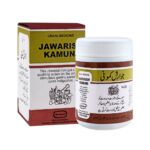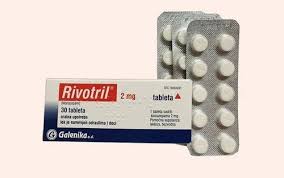Sitamet is a brand name for a combination medication that contains sitagliptin and metformin. It is used in the management of type 2 diabetes mellitus to help control blood sugar levels in patients whose blood sugar is not adequately controlled by diet and exercise alone. This combination leverages the complementary mechanisms of sitagliptin and metformin to improve glycemic control. Here’s a detailed description:
- Appearance: Sitamet tablets are typically oval or oblong in shape and may vary in color depending on the dosage strength. They often have an imprint indicating the dosage of sitagliptin and metformin. The tablets are film-coated to facilitate swallowing.
- Composition: Each tablet of Sitamet contains two active ingredients:
- Sitagliptin: A dipeptidyl peptidase-4 (DPP-4) inhibitor, usually available in doses like 50 mg or 100 mg.
- Metformin hydrochloride: An oral antidiabetic drug available in immediate-release or extended-release formulations, commonly in doses like 500 mg, 850 mg, or 1000 mg.
- Mechanism of Action:
- Sitagliptin: Works by inhibiting the DPP-4 enzyme, which increases levels of incretin hormones. These hormones help stimulate insulin release and decrease glucagon levels, leading to lower blood sugar levels.
- Metformin: Reduces glucose production in the liver, decreases glucose absorption in the intestines, and improves insulin sensitivity, which together help in lowering blood sugar levels.
- Indications: Sitamet is indicated for the treatment of type 2 diabetes in adults, particularly in patients who require additional glycemic control after the use of metformin alone or when other medications are not sufficiently effective.
- Dosage: The dosage of Sitamet is individualized based on the patient’s current regimen, effectiveness, and tolerance. It is typically taken twice daily with meals to reduce the likelihood of gastrointestinal side effects associated with metformin. The dosage might be adjusted periodically to achieve optimal blood sugar control.
- Side Effects: Common side effects of Sitamet can include gastrointestinal symptoms such as nausea, diarrhea, and stomach pain (primarily due to metformin). Sitagliptin may cause headaches, upper respiratory tract infections, and in rare cases, pancreatitis. Hypoglycemia is less common but can occur, especially when taken with other diabetes medications.
- Precautions: Patients taking Sitamet should be monitored for kidney function, as both sitagliptin and metformin can be affected by renal impairment. It should also be used with caution in patients with a history of pancreatitis or heart failure. Lactic acidosis is a rare but serious side effect associated with metformin, especially in patients with significant kidney dysfunction or other risk factors.
- Interactions: Sitamet may interact with other medications, such as insulin or sulfonylureas, which can increase the risk of hypoglycemia. It is important to inform the healthcare provider of all other medications, supplements, or herbal products being used.
- Administration: The tablets should be taken as prescribed, with meals to minimize gastrointestinal side effects. The extended-release tablets should not be crushed or chewed, as this can interfere with the controlled release of the medication.
Sitamet is a powerful combination medication for managing type 2 diabetes, providing dual action through the effects of sitagliptin and metformin. It is most effective when used in conjunction with a healthy diet, regular exercise, and routine monitoring of blood glucose levels.
4o























































